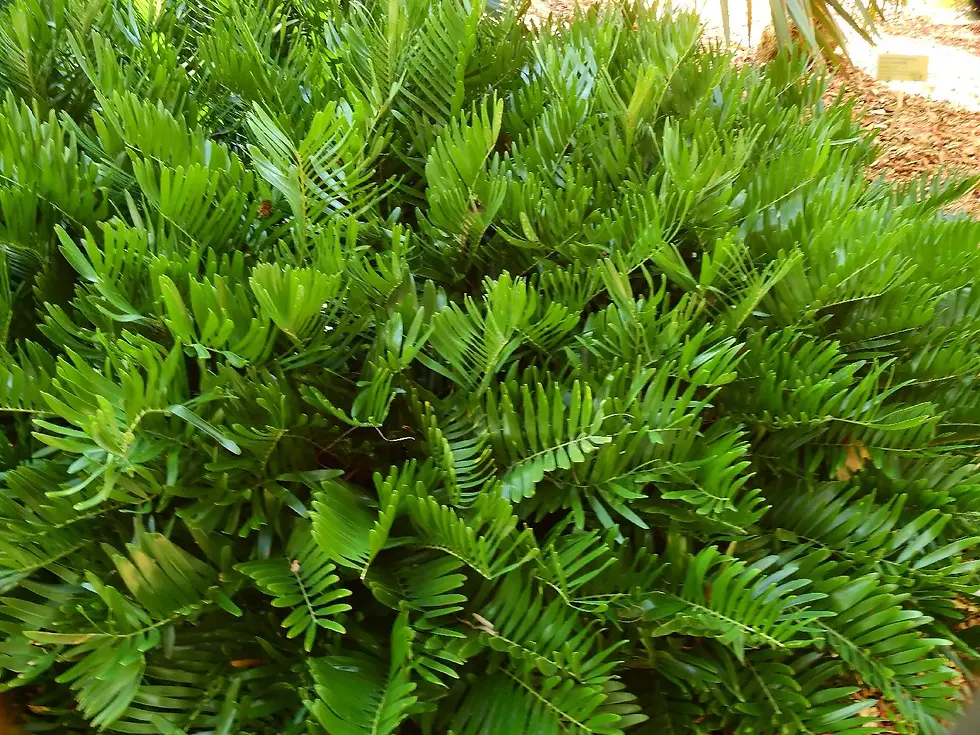Coonties are a fascinating native plant that thrives in the northeast region of Florida. Also referred to as Florida arrowroot or coontie palm, it is a cycad species that has been around for millions of years. Coontie is well-adapted to the sandy soils and coastal environments of the area, making it an excellent choice for gardeners in northeast Florida.
These evergreen plants prefer partial shade to full shade, making them suitable for understory plantings or areas with filtered sunlight. In north east Florida, where the summers can be hot and humid, the shade provided by taller trees or structures is beneficial for the coontie's health. However, they will survive in full sun.
Coontie plants are well-suited to sandy, well-draining soils commonly found in the region. Plant the coontie at the same depth as it was in its nursery container, and gently firm the soil around the roots.
Watering is crucial during the establishment phase. Initially, provide regular water to ensure the coontie's root system develops properly. Once established, coontie is moderately drought-tolerant and can withstand periods of dryness. However, during extended dry periods, supplemental watering may be necessary to maintain the plant's vitality.
One interesting aspect of coontie is its ecological significance. It serves as a host plant for the Atala butterfly (Eumaeus atala), an endangered species native to Florida. The Atala butterfly lays its eggs on the coontie leaves, and the caterpillars feed exclusively on the plant. By growing coontie in your garden, you contribute to the conservation efforts of this unique butterfly species if it migrates this far North as global warming continues.
top of page
PriceFrom $30.00
Sales Tax Included |
Customers Also View
Your content has been submitted
Your content has been submitted
Your content has been submitted
Your content has been submitted
bottom of page



















